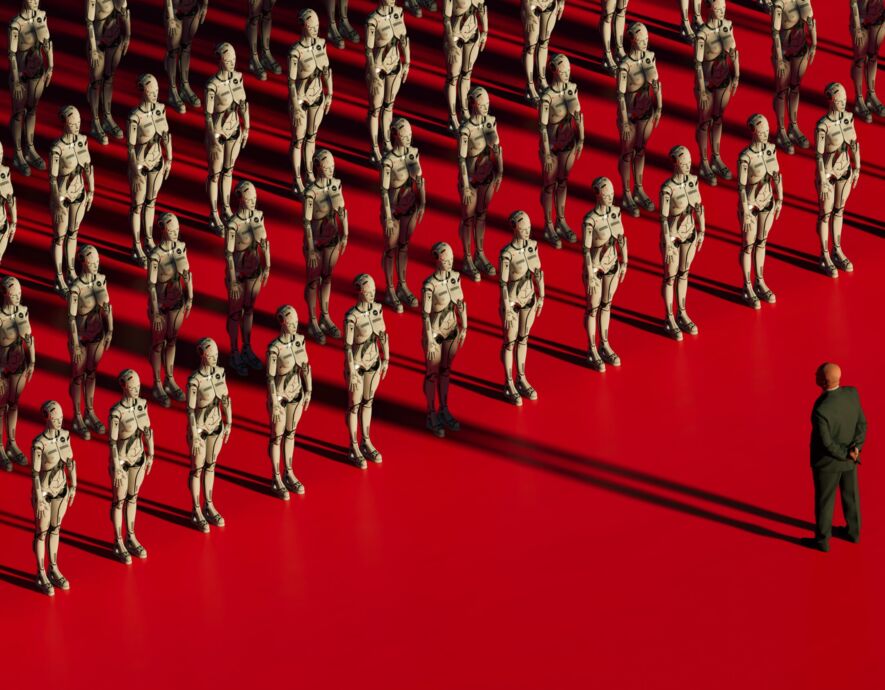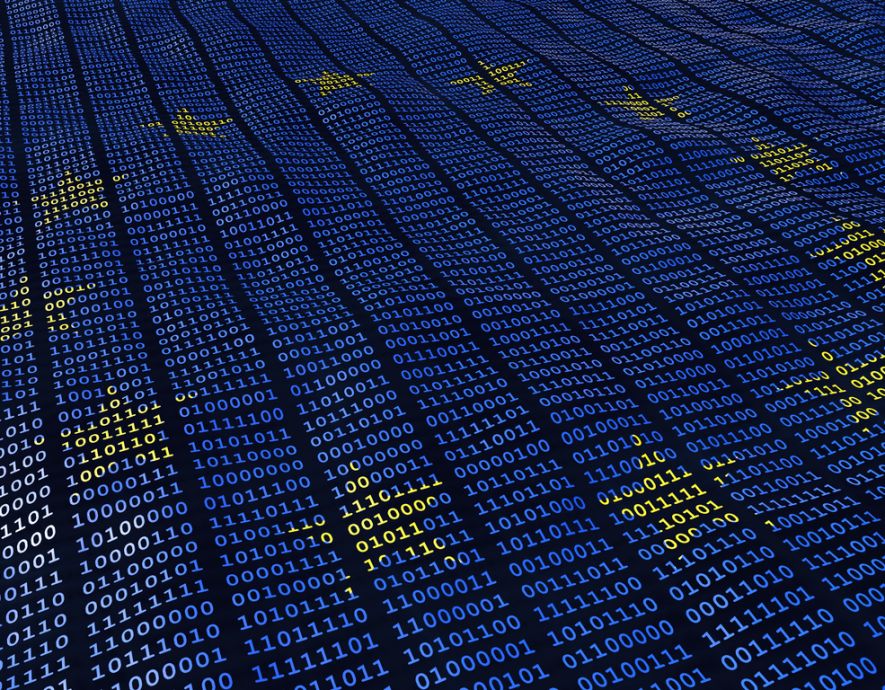![[InCyber Forum Montreal] Generative AI: reinventing copyright](https://incyber.org//wp-content/uploads/import/post/2023/11/incyber-forum-montreal-generative-ai-reinventing-copyright.png)
- Home
- Digital transformation
- InCyber Forum Montreal Generative AI: reinventing copyright
InCyber Forum Montreal Generative AI: reinventing copyright


Widespread access to generative artificial intelligence is shaking up how we work and create. However, the growing use of this technology has quickly raised two considerable legal issues: how to protect AI’s creations and the content that was fed into it. In response, legislation in Europe, America and everywhere else will have to redefine the boundaries of copyright.
Since 2020, OpenAI, Midjourney and other tech giants began a race towards ever more effective generative artificial intelligence. Generative AI solutions interpret human-written prompts to create new content (text, image, video, even music) in a completely autonomous way using learning data that was often originally created by humans. This new category of AI, with American platforms ChatGPT, Midjourney and DALL-E, is sweeping across the world.
While this innovation opens up possibilities for individuals and companies, it raises questions of intellectual property rights. Should AI-produced data be protected by copyright? How does generative AI affect human-produced, copyright-protected works? This raises the debate of how to protect copyright without hampering AI’s development.
For example, in spring 2023, the issue arose of the legitimacy of an AI-generated piece of music that went viral on the social network TikTok. It reused the voices of artists Drake and The Weeknd. A few months later, American AI company Anthropic was sued by Universal Music for using protected lyrics without permission to train its chatbot.
Can AI creations be protected?
According to European and North American legal tradition, the status of author can only be granted to a human. Copyright solely protects so-called original works of the mind produced using strictly human skills, such as talent or judgment.
But how can we protect works created by AIs based on orders from humans that are just a few words long? « How much humanity is required for copyright? » asks David Durand, a lawyer in Quebec and co-founder of the « minimum viable intellectual property » service. In the United States, when a human and a machine’s contributions are intertwined, copyright eligibility is evaluated according to the human’s influence on the result.
However, when the human and the machine’s contribution can be clearly separated, only the individual’s contribution can be protected, says Matthew Asbell, an American intellectual property lawyer. For an AI-generated creation, what is protected by copyright are the words the individual used in the process. The result produced by the machine is not.
Matthew Asbell challenges this approach. He reminds us that human intelligence follows a similar approach. When we create, we unconsciously rely on hundreds or thousands of things we have seen before. « How is a machine different from human intelligence? » he asks. Doesn’t a work created by AI deserve the same protection as a human’s work?
Florian Martin-Bariteau, professor of Law at the University of Ottawa, says that technology has been with creators for a long time, in the artistic field as elsewhere. Just look at image-editing program Photoshop, for example. Today, though, technology’s influence on the creative process is of an entirely different magnitude.
Executing these principles is complex, however. Matthew Asbell says that in the United States, anyone who wants copyright over a creation produced by generative AI is supposed to specify the latter’s involvement. He says that few creators actually do this, however. Since the Copyright Office is unable to investigate the origin of works, it faces difficulties in implementing the rule.
Protecting the content that feeds generative AI
The results that the machines provide do not come from nowhere. Generative AI must be trained on an exponential amount data before it can generate any sort of content that may be asked of it. However, not all this data is free of copyright. Some require permission before they can be used.
« Historically, the music industry has often been impacted by copyright problems before other sectors. We saw this with peer-to-peer piracy, for example, » says Sundeep Chauhan, President of Connect Music Licensing (Connect) that represents music industry copyright holders in Canada.
Today, artificial intelligence is progressively being involved in musical production. For Sundeep Chauhan, there are three principles of copyright that must be respected: consent, credit and compensation. « Artificial intelligence must not be used to imitate artists without their permission. »
Since the arrival of generative artificial intelligence, however, certain copyright-protected content has been used without prior authorization. Currently, the issue lies in protecting the human-produced works used to train the machine. But what about the action plan?
Camille Domange, lawyer and expert in creation and digital technology, reflects on the European Parliament’s directive on copyright and neighboring rights. This directive allows data mining and the use of any content available online to be fed into AI models.
There is an exception in the legislation, however: the right to opt out. This prerogative allows any individual to refuse to allow their data to be used in this way. « Introducing such a right is proving highly relevant to the current situation, » says Camille Domange. However, enforcing the exception will be difficult and will undoubtedly lead to major disputes, he adds.
As for image-generating AI software, Florian Martin-Bariteau mentions one solution for artists: Nightshade. The tool allows image creators to inject « poison » pixels. These disrupt how AI can read and use these assets.
The authors of protected works could be credited, however, or at least receive financial compensation as required by copyright. For this, generative AI companies would have to reveal the data they used. This seems to be where the European Union is heading, says Camille Domange.
The European Parliament is seeking to require generative AI providers to produce detailed summaries of the copyright-protected data used to train their platforms. It remains to be seen if the directive will come into force.
the newsletter
the newsletter



